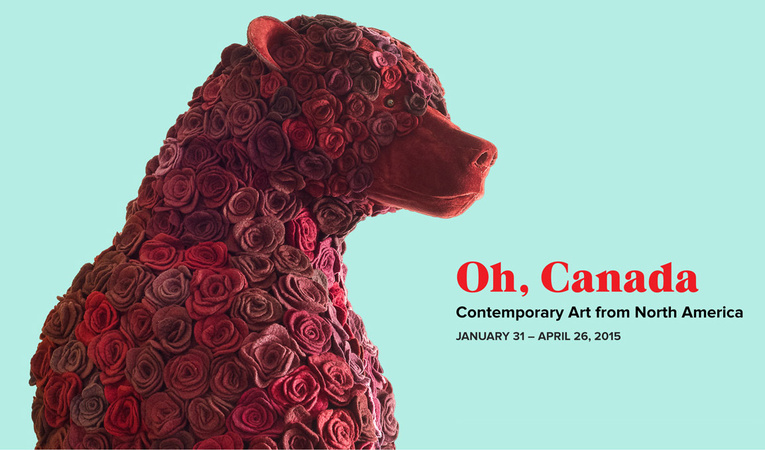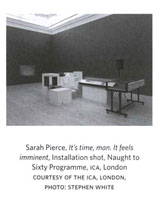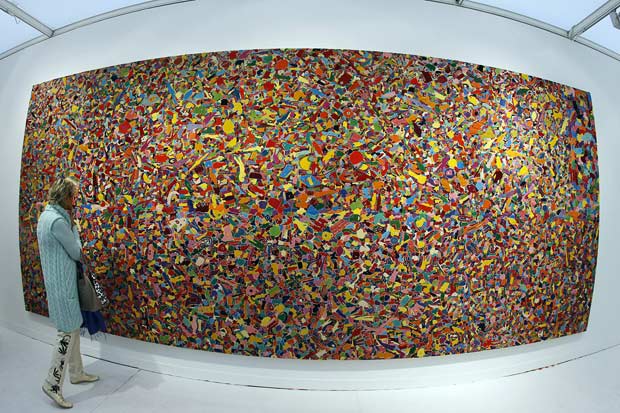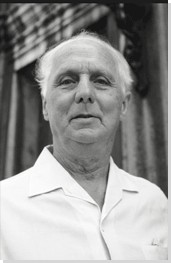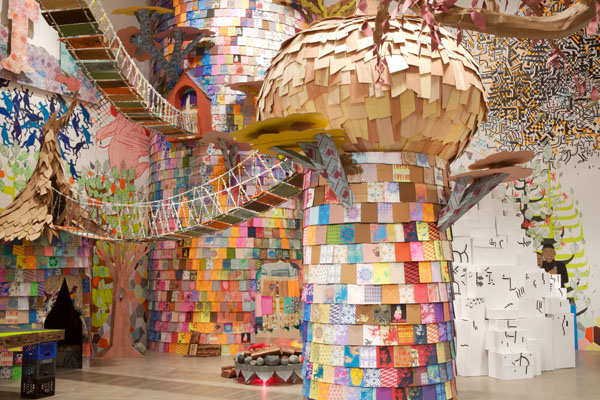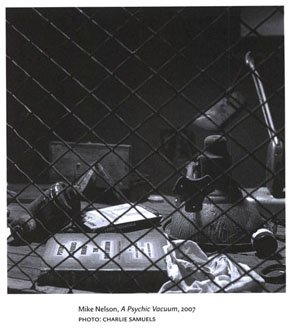When is ‘contemporary?
When is ‘contemporary? The arrival of a new editor always invokes a consideration of a magazine’s history and its accomplishments, and a necessary process of re-visioning. In C’s more than 25-year history–which now includes six editors–there are a number of consistent trends. These include: coverage of Canadian and international work that often falls outside the purvey of more traditionally oriented…
